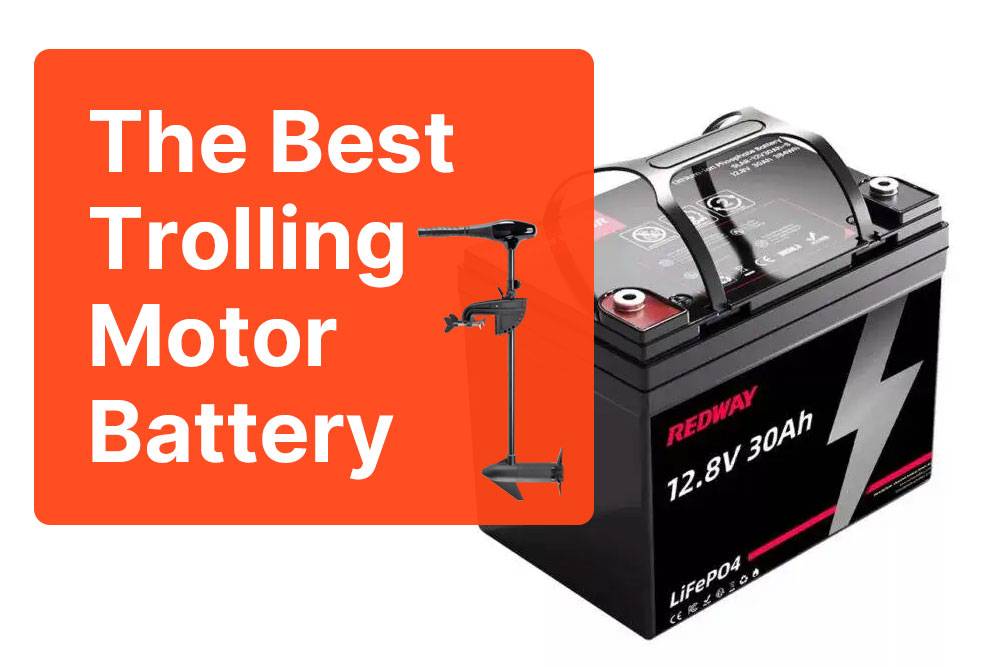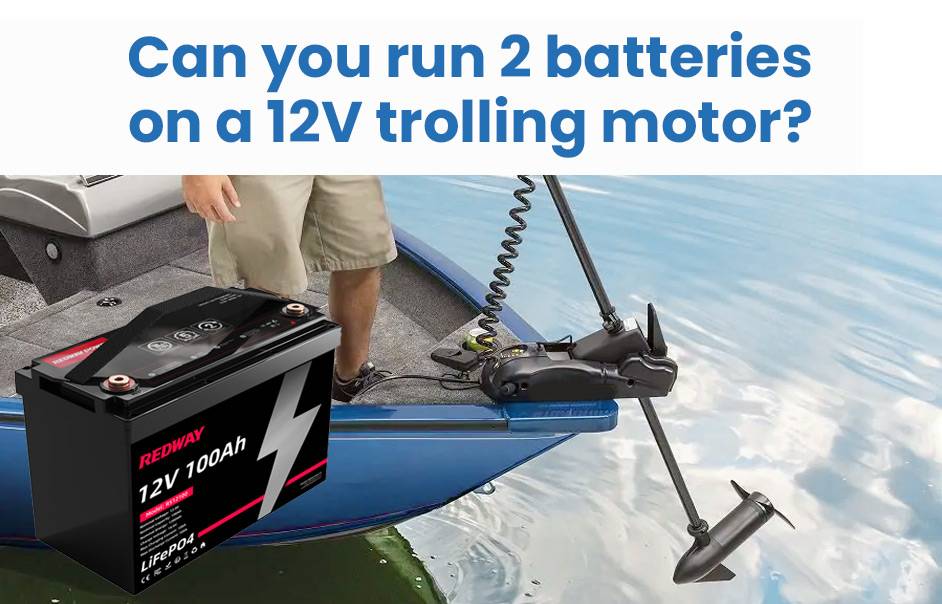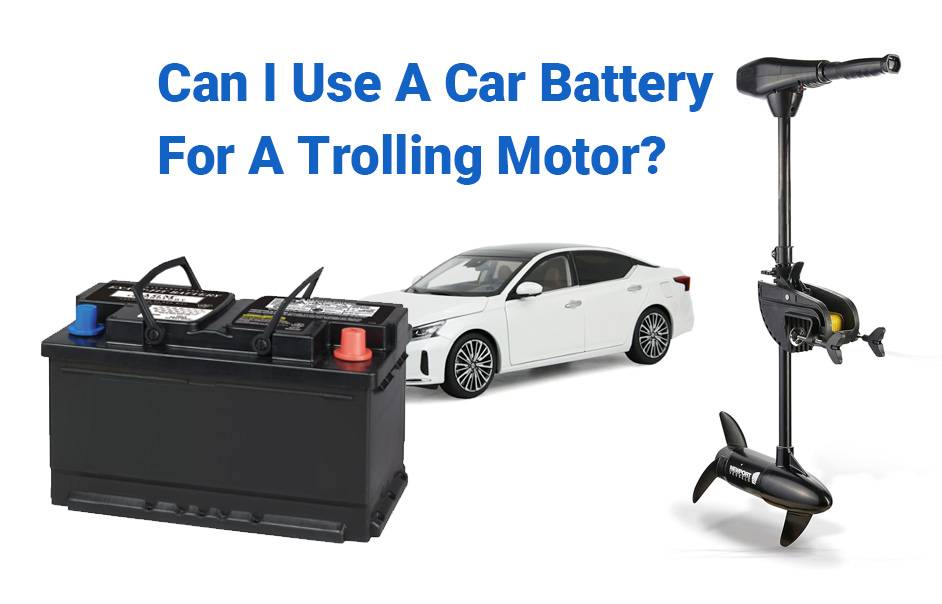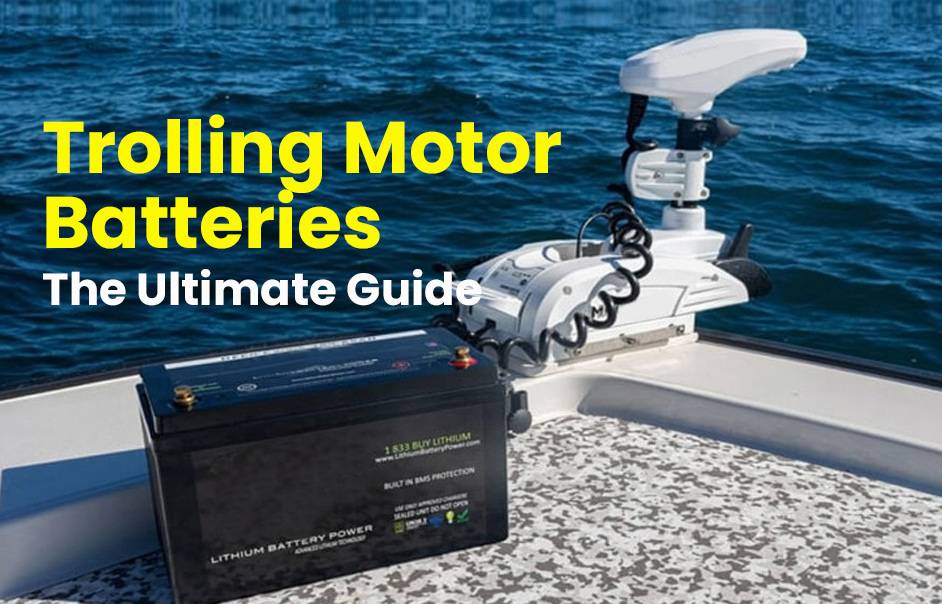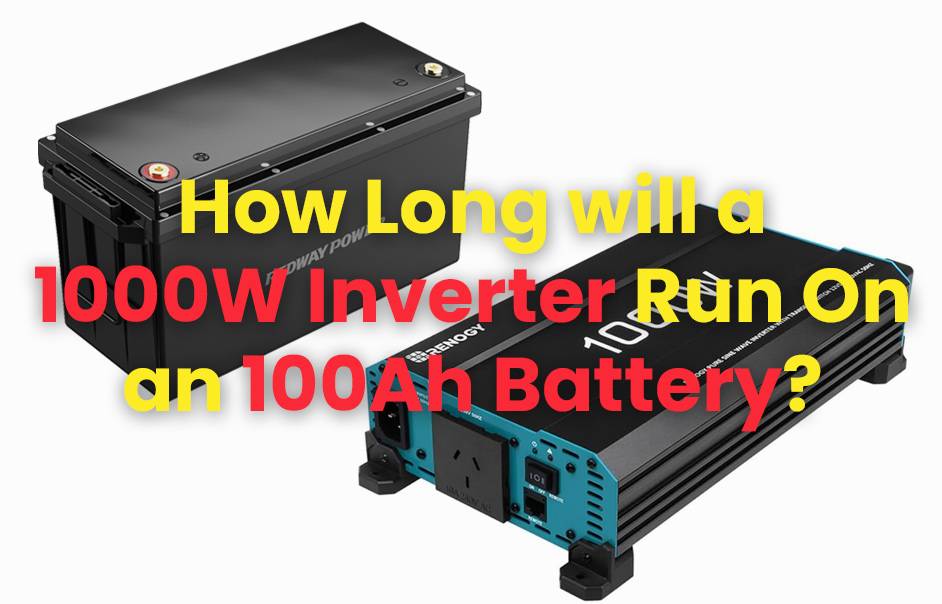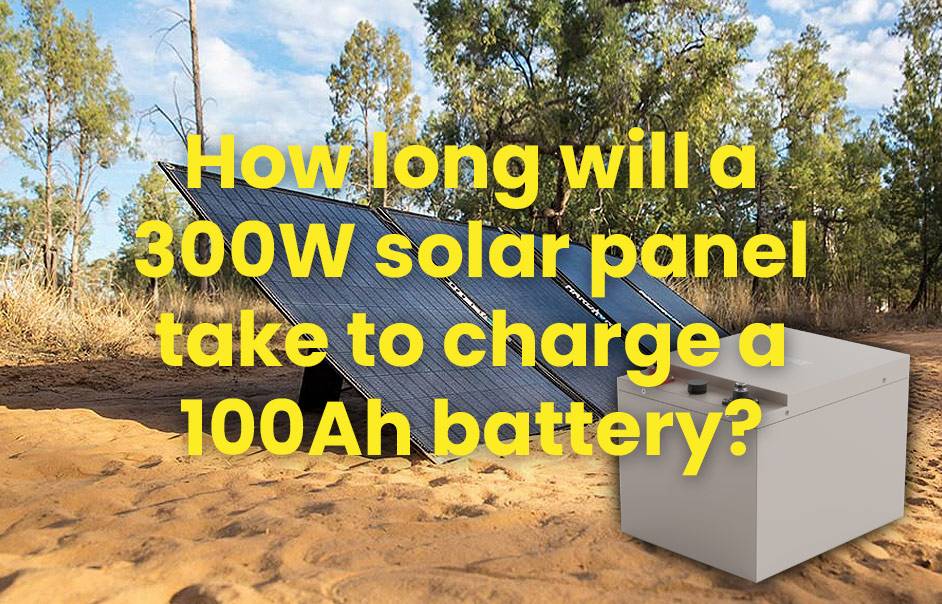Battery life is crucial for anglers and boating enthusiasts relying on trolling motors. This article addresses common questions about battery duration and offers tips for maximizing performance. Whether you’re fishing peacefully or navigating challenging waters, understanding battery life is essential for a successful outing. Let’s explore this important topic together.
Understanding the Basics: What is a Trolling Motor and How Does it Work?
Trolling motors are essential tools for anglers, providing quiet and precise propulsion on the water. Unlike main engines, they operate at lower speeds and are powered by electric marine batteries.
- Trolling Motor Basics: These motors attach to boats’ bow or stern and use propellers or impellers for propulsion, powered by deep cycle marine batteries. They offer adjustable speed settings and even autopilot features for easy maneuvering.
- Noise Reduction: Trolling motors operate quietly, reducing noise pollution on the water and allowing fishermen to approach fish stealthily without disturbing them.
- Battery Life: Battery life is crucial for trolling motors, and maximizing performance is essential for uninterrupted fishing adventures. Stay tuned for insights on optimizing battery performance for your angling needs.
The Importance of Battery Life for a Trolling Motor
Battery life is crucial for trolling motor usage, directly impacting how long your motor runs and your overall experience on the water. Ensuring sufficient battery power is essential to avoid interruptions during fishing trips.
- Importance of Battery Life: A dead battery can disrupt your fishing experience, hindering maneuverability and potentially cutting short your outing. Choosing the right battery type, maintaining it regularly, and monitoring its charge level are essential steps to maximize battery life.
- Choosing the Right Battery: Opt for deep cycle batteries known for their consistent power output over extended periods, ideal for trolling motors.
- Proper Maintenance: Regularly check and charge your battery, and consider investing in a smart charger for optimal charging performance. Take external factors like wind and currents into account when planning your trips to ensure sufficient battery life for your needs.
Factors Affecting Battery Life for Trolling Motors
Understanding the factors influencing battery life for trolling motors is crucial for optimizing performance on the water. Various elements, from motor speed to environmental conditions, can impact how long your battery lasts.
- Motor Speed: Higher speeds consume more power, leading to shorter battery life. Adjusting your motor’s speed can help conserve battery energy and extend runtime.
- Boat Weight: Heavier loads, including passengers and gear, strain the battery, reducing its overall runtime. Keeping your boat’s weight in check can help preserve battery life.
- Battery Condition: The age and condition of your battery affect its ability to hold a charge efficiently. Regularly inspecting and replacing old batteries can ensure optimal performance.
- Environmental Factors: Extreme temperatures, both hot and cold, can accelerate battery drain. Storing your battery properly and avoiding exposure to extreme conditions can help maintain its longevity.
- Maintenance: Proper care, including cleaning terminals and using correct charging techniques, can significantly extend your battery’s lifespan. Regular maintenance ensures peak performance and reliability.
Calculating Battery Run Time: The 50-Percent Rule
Understanding how long your battery will last is crucial when using a trolling motor. The 50-Percent Rule offers a simple guideline for estimating battery run time to ensure you don’t run out of power unexpectedly.
- The Rule: The 50-Percent Rule advises using only half of your battery’s capacity before recharging to maintain enough power for your return trip. This prevents you from being stranded without power while out on the water.
- Calculation: To calculate run time using this rule, divide your battery’s capacity by two and then divide that by the current draw of your trolling motor. This gives you an estimate of how many hours you can use your motor before needing to recharge.
- Battery Lifespan: Constantly discharging your battery below 50 percent can shorten its lifespan, so it’s essential to avoid overtaxing it. Consider carrying a spare battery or choosing one with a higher Ah rating for longer run times while being mindful of added weight.
Comparing Different Types of Batteries for Trolling Motors
Choosing the right battery for your trolling motor is essential for optimal performance. Let’s explore some common types of batteries available and their pros and cons to help you make an informed decision.
- Lead-Acid Batteries: Known for their reliability and affordability, lead-acid batteries require regular maintenance but are widely used in marine applications. However, they can be bulky and heavy, which may impact your boat’s weight distribution.
- Lithium-Ion Batteries: These batteries offer high energy density and lightweight design, providing longer run times and faster charging. While more expensive upfront, they are durable and require minimal maintenance.
- Gel Cell Batteries: Sealed deep-cycle batteries, gel cells eliminate acid leaks and spills, offering excellent vibration resistance and longevity compared to traditional lead-acid batteries.
- AGM Batteries: Utilizing a fiberglass mat between the plates, AGM batteries provide exceptional performance in terms of power output and cycle life. They are suitable for various marine applications and require minimal maintenance.
When selecting a battery, consider factors such as capacity, weight, and compatibility with your boat’s electrical system to ensure optimal performance without overloading your motor.
Tips for Maximizing Battery Life
To ensure your trolling motor battery lasts as long as possible, follow these essential tips for maximizing its lifespan and performance.
- Choose the Right Battery: Opt for high-quality deep cycle batteries designed for marine use to handle continuous power demands effectively.
- Proper Charging: Use a smart charger that prevents overcharging and follows manufacturer guidelines to maintain optimal voltage levels.
- Regular Maintenance: Keep terminals clean, check water levels in flooded batteries, and inspect for corrosion regularly to ensure efficient operation.
- Monitor Power Consumption: Conserve power by avoiding constant maximum speed usage and ensuring all connections are tight to minimize resistance.
- Proper Storage: Store your battery in a cool, dry place away from extreme temperatures when not in use to prevent deterioration.
Following these simple yet crucial tips will help extend the life of your trolling motor battery and enhance its performance on the water.
Conclusion: Choosing the Right Battery for Your Trolling Motor Needs
Choosing the right battery for your trolling motor is crucial for ensuring optimal performance during your fishing trips. Consider factors like run time, battery type, and amp-hour rating to make an informed decision.
- Determine Run Time Needs: Assess how long you need your battery to run based on your boat size, weight, and power requirements.
- Choose the Right Type: Opt for deep cycle or AGM batteries known for sustained power output and durability, especially in rough conditions.
- Consider Amp-Hour Rating: Look for a battery with an appropriate amp-hour rating, like a 100Ah battery, for extended run times without compromising power.
By carefully considering these factors and following maintenance tips, you can select the perfect battery for your trolling motor and enjoy uninterrupted fishing adventures.

